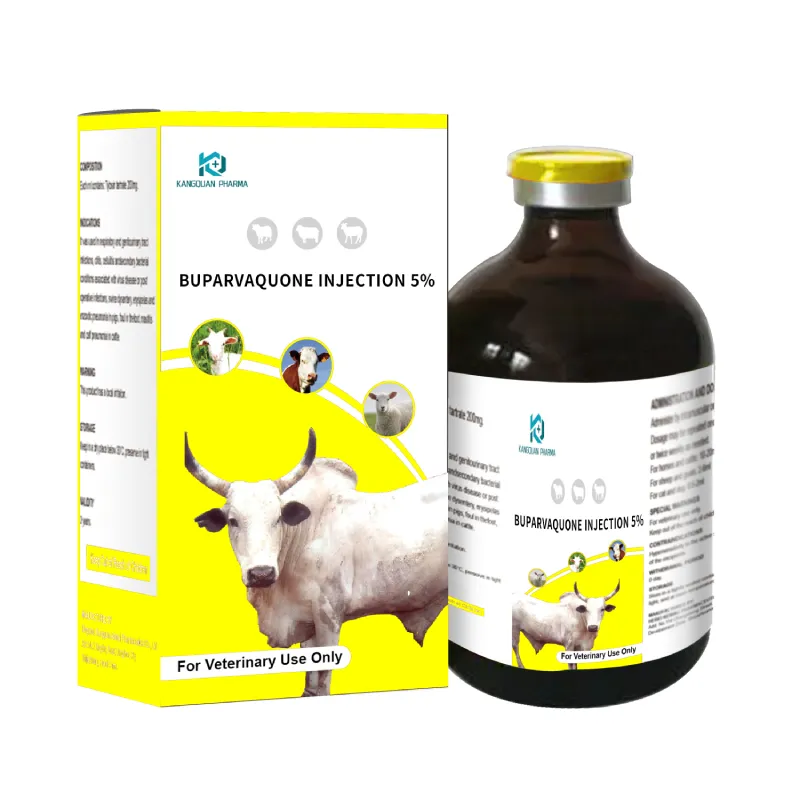- Afrikaans
- Albanian
- Amharic
- Arabic
- Armenian
- Azerbaijani
- Basque
- Belarusian
- Bengali
- Bosnian
- Bulgarian
- Catalan
- Cebuano
- Corsican
- Croatian
- Czech
- Danish
- Dutch
- English
- Esperanto
- Estonian
- Finnish
- French
- Frisian
- Galician
- Georgian
- German
- Greek
- Gujarati
- Haitian Creole
- hausa
- hawaiian
- Hebrew
- Hindi
- Miao
- Hungarian
- Icelandic
- igbo
- Indonesian
- irish
- Italian
- Japanese
- Javanese
- Kannada
- kazakh
- Khmer
- Rwandese
- Korean
- Kurdish
- Kyrgyz
- Lao
- Latin
- Latvian
- Lithuanian
- Luxembourgish
- Macedonian
- Malgashi
- Malay
- Malayalam
- Maltese
- Maori
- Marathi
- Mongolian
- Myanmar
- Nepali
- Norwegian
- Norwegian
- Occitan
- Pashto
- Persian
- Polish
- Portuguese
- Punjabi
- Romanian
- Russian
- Samoan
- Scottish Gaelic
- Serbian
- Sesotho
- Shona
- Sindhi
- Sinhala
- Slovak
- Slovenian
- Somali
- Spanish
- Sundanese
- Swahili
- Swedish
- Tagalog
- Tajik
- Tamil
- Tatar
- Telugu
- Thai
- Turkish
- Turkmen
- Ukrainian
- Urdu
- Uighur
- Uzbek
- Vietnamese
- Welsh
- Bantu
- Yiddish
- Yoruba
- Zulu
Nov . 28, 2024 03:18 Back to list
Effective Disinfection Solutions for Animal Care Environments and Facilities
Understanding Animal Disinfectant Products Importance and Applications
In the realm of animal husbandry and veterinary care, maintaining a clean and hygienic environment is paramount to ensuring the health and well-being of animals. One of the key components in achieving this goal is the use of effective animal disinfectant products. These disinfectants play a crucial role in preventing the spread of diseases, controlling pathogens, and promoting a healthy living environment for livestock, pets, and other animals.
The Importance of Disinfection in Animal Care
Diseases can spread rapidly among animals, especially in crowded environments such as farms, kennels, and veterinary clinics. Bacteria, viruses, parasites, and fungi can thrive in these settings, posing serious health risks not only to the animals but also to human caretakers. Therefore, implementing a rigorous sanitation protocol that includes the use of disinfectants is essential.
Animal disinfectants are specially formulated to eliminate harmful microorganisms that may inhabit the living spaces of animals. They are effective against a wide range of pathogens, including Salmonella, E. coli, avian influenza, and foot-and-mouth disease, which can have devastating effects on livestock productivity and animal health.
Types of Animal Disinfectant Products
Animal disinfectant products come in various forms, including sprays, wipes, concentrates, and foams. The choice of product often depends on the specific area being treated, the type of animal, and the nature of the pathogens being targeted. Common disinfectant agents include
1. Quaternary Ammonium Compounds (Quats) These are widely used in both veterinary and agricultural settings. They are effective against a broad spectrum of bacteria and viruses and are often found in ready-to-use disinfectant sprays.
2. Chlorine-based Disinfectants Known for their powerful germicidal properties, chlorine disinfectants are commonly used for surfaces and equipment in animal hospitals and research labs. However, they must be used cautiously as they can be corrosive.
animal disinfectant products

3. Phenolic Compounds These disinfectants are effective against a wide range of pathogens and are often used in veterinary clinics. They have residual activity, meaning they continue to work even after the initial application.
4. Oxidizing Agents Products containing hydrogen peroxide or peracetic acid fall into this category. They are effective against a broad spectrum of microorganisms and break down into environmentally friendly byproducts.
5. Essential Oil-based Products With the rise in demand for environmentally friendly solutions, some disinfectants leverage the antimicrobial properties of essential oils. These products can be effective while also being less harsh on the environment.
Application of Disinfectants in Animal Environments
The application of disinfectant products should be part of a comprehensive biosecurity protocol. This includes proper cleaning of surfaces to remove organic matter before disinfection, correct dilution of concentrated products, and adherence to contact time recommendations for full effectiveness.
Different environments require tailored approaches. For example, poultry farms might prioritize disinfecting water lines and nesting areas to prevent outbreaks, while equine facilities could focus on stalls, tack, and grooming areas. Moreover, in veterinary clinics, special attention must be given to surgical areas and exam rooms to prevent cross-contamination.
Conclusion
The use of animal disinfectant products is not just a routine task but a critical component of animal health management. By effectively controlling the spread of infectious diseases, these products protect the health of animals and contribute to the overall sustainability of animal production systems. In a world increasingly challenged by zoonotic diseases and antibiotic resistance, investing in and implementing proper sanitation practices is more important than ever. By understanding the different types of disinfectants available and their specific applications, animal caretakers can enhance their biosecurity measures and create a safer, healthier environment for their animals.
-
Guide to Oxytetracycline Injection
NewsMar.27,2025
-
Guide to Colistin Sulphate
NewsMar.27,2025
-
Gentamicin Sulfate: Uses, Price, And Key Information
NewsMar.27,2025
-
Enrofloxacin Injection: Uses, Price, And Supplier Information
NewsMar.27,2025
-
Dexamethasone Sodium Phosphate Injection: Uses, Price, And Key Information
NewsMar.27,2025
-
Albendazole Tablet: Uses, Dosage, Cost, And Key Information
NewsMar.27,2025













